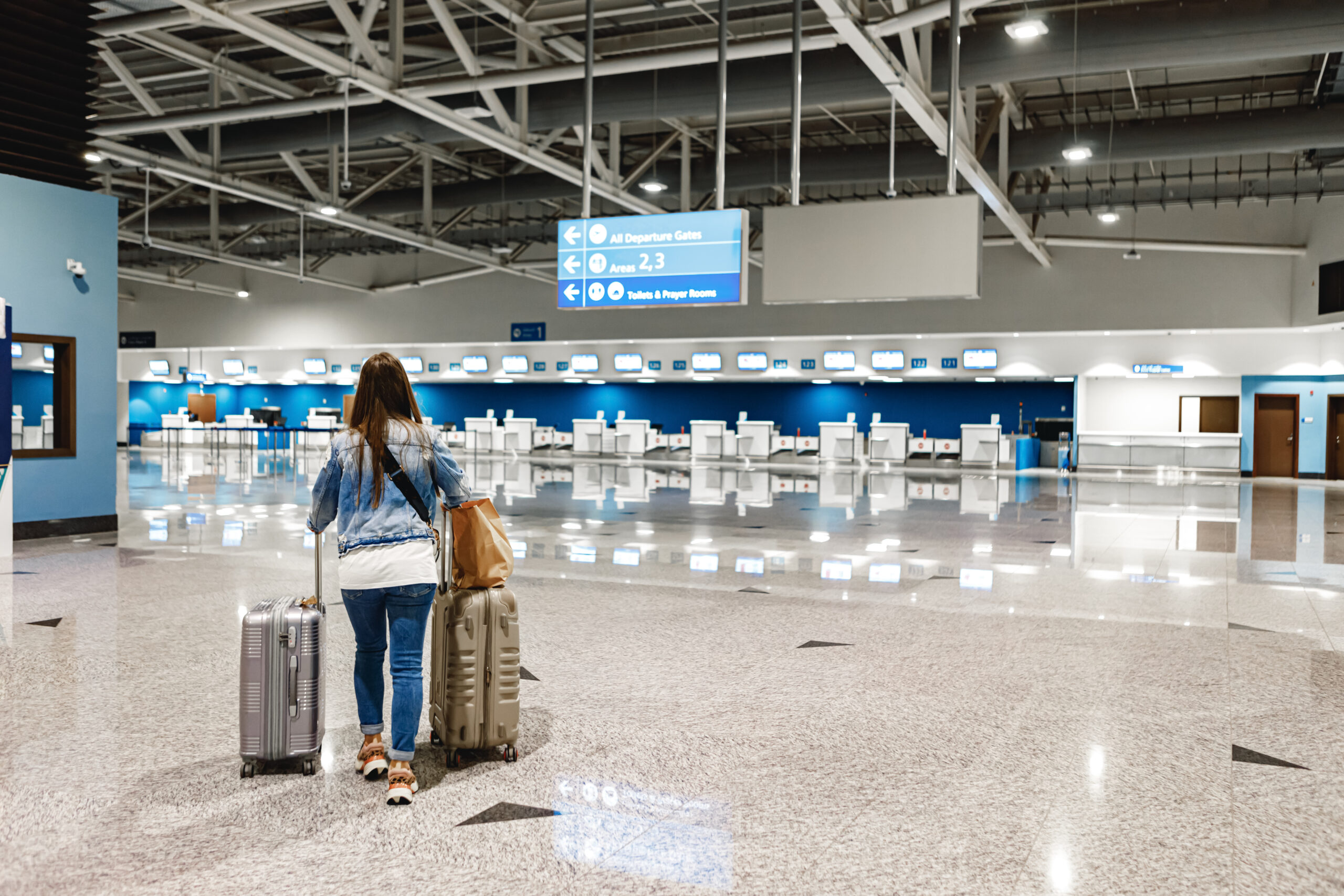South Korea now requires major airports across the country to use modern bird detection cameras for flight safety improvement. The country continues its work to decrease bird strike threats as this system becomes part of South Korea’s airport safety plan. The authorities started this program because they understood aviation safety rules needed to stay active at a key international airport.
The article addresses the upcoming regularities of bird strikes
Aircraft that encounter birds present a big danger to all airlines in the world. Bird strikes with aircraft cause serious damage to planes resulting in repair work delays and sometimes major disaster incidents. According to ICAO records, bird strikes cause severe economic losses each year including fatal aircraft accidents.
With heavy passenger traffic, Incheon International Airport faces unique threats because of its daily flights. Multiple bird species find their home in this specific area because it includes natural habitats and canals they use for their annual travels. When airports see more birds in their area these animals become more likely to hit aircraft.
How Bird Detection Cameras Work
The purchased bird detection cameras will show airport staff live observations of bird movements in airport close-by areas. These cameras combine modern sensing tools with high-quality image capture to notice birds wherever they are in the area they serve. Machine learning recognizes specific flying birds from the collected information to show how they move and predicts when aircraft might strike them.
Airport personnel receive instant notification from the system when it spots a bird strike risk so they can react quickly. The system will enable airport staff to trigger bird deterrent techniques and maintain aircraft movement by signaling safety issues.
The Role of Technology in Aviation Safety
The latest bird detection system demonstrates how technology helps protect the aviation environment. As airports worldwide use AI management systems for various tasks airports add bird detection systems to their overall safety networks.
South Korean aviation facilities use bird detection cameras to prevent bird strikes and respond faster to possible threats. These systems stay active round the clock under all weather conditions and at any hour since they offer round-the-clock monitoring that surpasses what human patrols can deliver. Read More News
The Economic and Environmental Impact
Bird strikes create both security and economic problems for the industry. Aircraft repairs plus fuel waste along with missed flight times lead to high expenses for both airport operators and airlines in the market. Environmental problems like possible bird injuries create new concerns in addition to safety concerns. South Korea wants to protect animals and airplanes by using cameras that sense when birds are around.
Setting up this system can establish a successful example for other regions dealing with the same difficulty. Airlines across the world especially those with many birds near their airports should use these systems to protect aircraft safety and operations.
A Step Forward in Aviation Safety
South Korea takes a crucial proactive move to counter aircraft threats by ordering bird detection cameras installation. Advanced technology systems will help airports watch and control bird activities which lowers the chance of aircraft accidents and makes the flight area safer. Airports worldwide will enter an advanced bird safety period using new technology when other nations duplicate this plan.
Recentagic Incident Highlights the Need
After the December 29 2024 Muan International Airport crash of Jeju Air flight 7C2216 which took 179 lives, officials accelerated this important project. Initial evidence showed birds collided with the plane during its descent which possibly led to the crash. After this crash event, people demanded national bird strike protection programs be strengthened throughout South Korean airports.
Global Context and Precedents
International airports use multiple technological solutions to protect from bird strikes. The airfield personnel at Incheon opened a test service that deployed drones to scan and repel bird activity close to airport runways. These advanced methods help decrease the number of airport bird collisions.
Conclusion
South Korea improves airport security through its selection of bird detection cameras at major air transportation hubs. Using infrared sensors HD cameras and AI the government takes strong steps to prevent airplanes from striking birds. These monitoring systems let airport workers respond right away to possible issues making accident prevention more effective. Read More on BBC.com/News
Recent air disasters including the Jeju Air crash prove the need for installing bird detection cameras right away. South Korea serves as a leading nation for other regions to adopt when tackling worldwide bird strike challenges. Airports worldwide need this technology particularly when they serve as flight routes that connect with bird migration pathways or areas containing abundant wildlife.
Bird detection cameras represent a solution that lets both wildlife safety and aviation operations operate properly. This advanced system merges safety practices and technology with responsible ecological management class. Air travel safety will grow better as technology advances to reduce bird collisions.






I love your blog.. very nice colors & theme. Did you design this website yourself or did you hire someone to do it for you? Plz answer back as I’m looking to construct my own blog and would like to know where u got this from. cheers